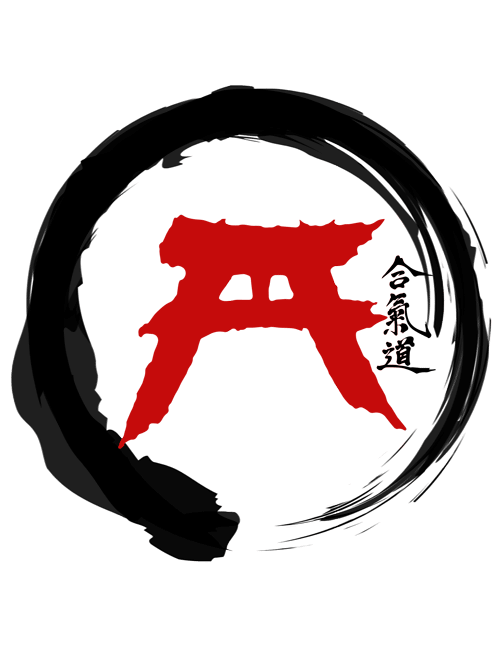Zimmermann Telegram Fact 20: Some in the United States, still waiting for neutrality, initially claimed that the telegram was a fake, but its notion was dispelled two days later when Arthur Zimmermann confirmed its authenticity. In October 2005, it was reported that an original typed manuscript of the decrypted Zimmermann Telegram had recently been discovered by an anonymous historian researching and preparing an official history of the British Government Communications Headquarters (GCHQ). The document is believed to be the actual telegram shown to the American ambassador in London in 1917. In Admiral Hall`s handwriting at the top of the document, the words are marked: «This is the one who gave to Dr. Page and unveiled by the president. Since many secret documents had been destroyed in this incident, it had previously been assumed that the original typed «decryption» had disappeared forever. After the discovery of this document, the official GCHQ historian said: «I believe it is indeed the same document that Balfour Page handed over.» [35] However, many Americans, especially German and Irish Americans, wanted to avoid conflict in Europe. Since the public had been falsely informed that the telegram had been stolen in decrypted form in Mexico, the message was initially generally considered a sophisticated forgery by British intelligence. This belief, which was not limited to pacifist and pro-German lobbies, was promoted by German and Mexican diplomats alongside some American newspapers, notably the Hearst press empire. This posed a dilemma for the Wilson administration. With the evidence provided confidentially to the US by the British, Wilson realized that the message was genuine – but he could not disclose the evidence without compromising the British decryption operation.
All doubts about the authenticity of the telegram were dispelled by Zimmermann himself. At a press conference on March 3, 1917, he told an American journalist: «I cannot deny it. It`s true. Then, on March 29, 1917, Zimmermann gave a speech in the Reichstag in which he admitted that the telegram was authentic. [26] Zimmermann hoped that the Americans would understand that the idea was that Germany would finance Mexico`s war with the United States only if the American entered World War I. Hall forwarded the telegram to the British Foreign Office on February 5, but warned against its declassification. Meanwhile, the British were discussing possible cover-up stories that would serve to explain to the Americans how they had obtained the coded text of the telegram without admitting their ability to intercept American diplomatic communications, which they would do for another 25 years, and also to explain how they had obtained the plain text of the telegram without informing the Germans. that their codes were broken. In addition, the British had to find a way to convince the Americans that the embassy was not a fake. [2] As the British had cut direct submarine telegraph links between Germany and North America in the early days of the war, Germany was forced to route sensitive diplomatic traffic through neutral countries.
Zimmermann`s encrypted message was therefore transmitted by the US embassy in Berlin before passing through London and finally arriving at the US State Department in Washington, D.C. The telegram reached the German embassy in Washington on January 19 and was sent to Eckhardt in Mexico the same day. Zimmermann did not know that his message had been intercepted along the way and decrypted by the British Admiralty secret service, and its contents were communicated to Wilson. The Zimmermann telegram on DocsTeach asks students to analyze the telegram to determine whether the United States should have entered World War I based on the information and impact of the telegram. The receipt of the text of the Zimmermann telegram from London on 24 February 1917 did not induce Wilson to opt for armed neutrality, but he lost all confidence in the German government. Moreover, the publication of the telegram in the press on 1 March triggered the first national call for war with Germany. Zimmermann Telegram Fact 16: The Zimmermann Telegram was delivered to the U.S. Ambassador to Britain on February 23, 1917. U.S.
Ambassador Walter Page then handed over the outrageous contents of the telegram to President Woodrow Wilson on February 24, 1917. As a cover, the British could publicly claim that their agents had stolen the decrypted text of the telegram from Mexico. Privately, the British had to give the Americans code 13040 so that the U.S. government could independently verify the authenticity of the message with their own commercial telegraph records, but the Americans agreed to support the official cover story. The Foreign Office refused to consider a possible breach of the code and instead sent Ambassador Eckardt on a witch hunt for a traitor to the embassy in Mexico. (Eckardt outrageously rejected the accusations, and the Foreign Office eventually declared the embassy exonerated.) [20] The Zimmermann Telegram (or Zimmermann`s Note or Zimmerman`s Telegram) was a secret diplomatic communication from the German Foreign Office in January 1917 proposing a military alliance between Germany and Mexico. If the United States entered World War I against Germany, Mexico would recover Texas, Arizona and New Mexico.
